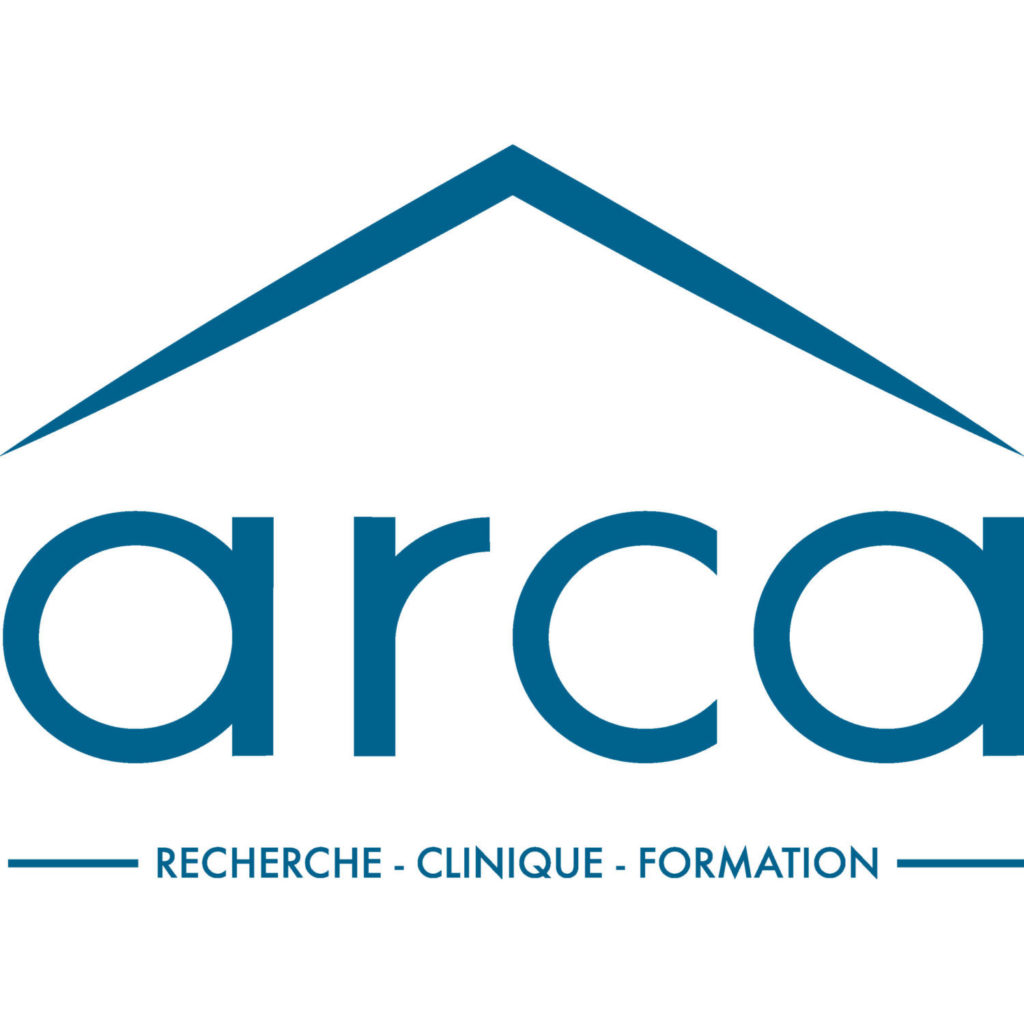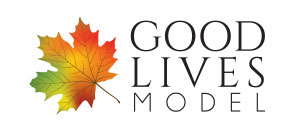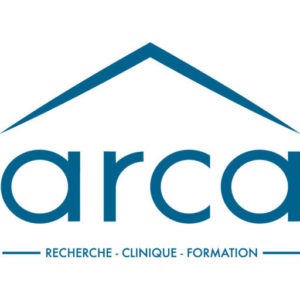
THE BASIC ASSUMPTION OF THE GOOD LIVES MODEL (GLM)?
Humans are intentional agents who strive to meet their goods in a particular environment. This hypothesis, which therefore emphasizes the person’s resources, learning, adaptation, goods, makes it a rehabilitative example of a criminology based on trust. The GLM is by nature an agency-based model, that is to say a comprehensive approach focused on the mechanisms of action of the offenders (Global Model of the Agency, known as PAM). To do this, it is necessary to take into account the criminogenic elements (dynamic risk factors -DRF- and protective factors).
Elements from the following article:
E. Dieu, E. Zinsstag, T. Ward, L. Walgrave, M.Schuilenburg, R. Heffermann, J. Lievens, S. AlJoboory, M. Barnao, N. Henrard, C. Mormont, S. Corneille, D.S. Prescott, G.M. Willis, A. Hirschelmann. Criminology of Confidence and the Good Lives Model (GLM). International Review of Criminology and Technical and Scientific Police, in press, 2021.
BUT WHERE DOES THE GOOD LIVES MODEL (GLM) COME FROM?
The GLM was developed in response to criticisms of the criminology risk model (Andrews and Bonta RNR, 2010) (Ward, et al., 2007, 2012). In 2010, the positive “Good Lives” approach already accounted for 30% of North American treatment programs, a rapid success (McGrath, et al., 2010). Today, it is possible to see in the GLM an alternative or complement to the RNR (Wilson and Yates 2009; Barnett and al., 2014; Harkins and al. 2012; Willis, and al., 2013). The GLM proposes a fundamental, positive hypothesis, that of the well-being of the offender, so that he can develop prosocial lives that can ultimately contribute to the reduction of recidivism.
WHY THE GOOD LIVES MODEL (GLM)?
For Ward and Gannon (2006), we need to review our criminology intervention factors. They offer more holistic, skills-oriented support for aharmonious life in the image of positive psychology (Ward, et al., 2004; Ward and Maruna, 2007; Ward, et al. 2012; Gannon and Ward, 2014; Ward and Fortune, 2016). According to this reading, the subject is an actor who seeks to self-regulate by meeting his basic goods in a functional way (God, 2020). The recidivism is then a means for the offender to meet his or her goods (Ward & Stewart, 2003), through various trajectories that experience their own emotional experiences.

THE GOOD LIVES MODEL (GLM) APPROACH?
The goal of the GLM is to promote primary goods, which, when met, improve the offender’s psychological well-being (Ward & Brown, 2004). Priorities given to these goods reflect the values of life and personal identity of the individual. Since the release from delinquency is a function of a personal process, it refers to an individuation in a Life Plan of construction of a personal identity far from the delinquent identity.
Primary goods are the personal aspects of the offender, what constitutes it, its activities and learning, seeking the well-being of the offender. Secondary means are access /behaviours allowing the offender to achieve his or her primary goods. The objective of the follow-up is to ask the individual what he considers to be his model of good life, the fundamental objectives he seeks to achieve in his quest for a fulfilling life, as well asthe means he uses to access them.
Elements from the following article: Heffernan, R., Ward, T., Dieu, E., Lievens, J. Positive rehabilitation : what conceptualization of the case and the follow-up plan? In dossier: “Criminology of Confidence and the Good Lives Model (GLM)”edited by E. Dieu, E. Zinsstag, T. Ward. International Review of Criminology and Technical and Scientific Police, in press, 2021.



